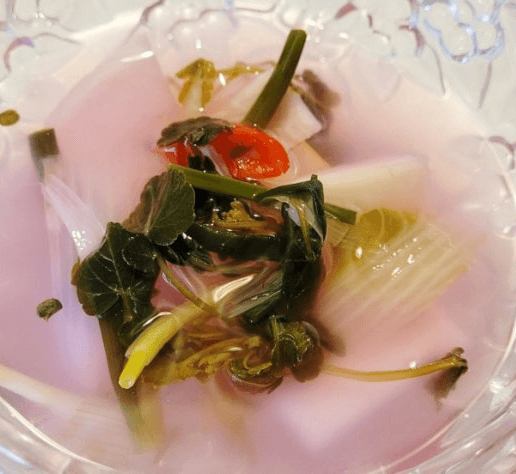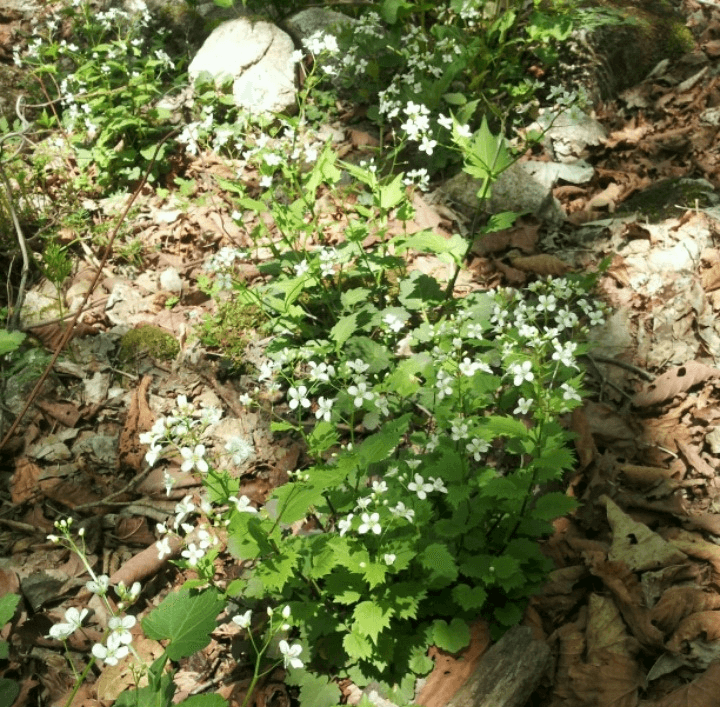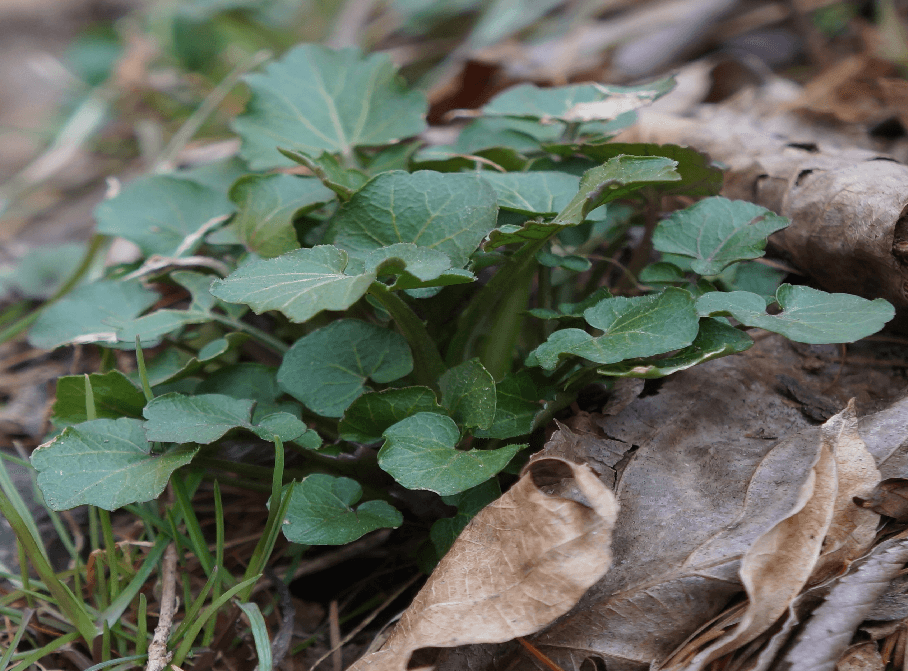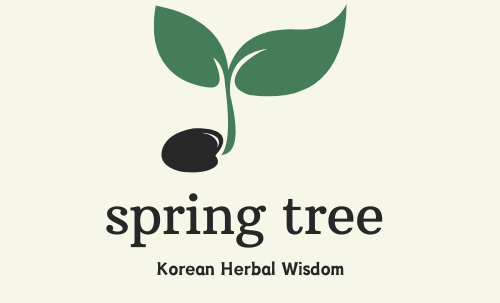
“Discover the bold, tangy flavor of Sanggat (Korean wild mustard) and its incredible health benefits! Packed with vitamin C, fiber, and antioxidants, Sanggat boosts your immune system, aids digestion, and detoxifies your body. From crisp water kimchi to fresh salads, this wild spring green adds a refreshing kick to your meals. Explore how to harvest, cook, and enjoy Sanggat for a healthy, flavorful twist on traditional dishes!”
Health Benefits and Nutritional Value of Sanggat(산갓)
Sanggat (Cardamine komarovi), also known as Korean wild mustard, is a unique wild vegetable that grows in the shady areas near mountain streams. It’s one of the first greens to sprout in early spring, sometimes even before the snow melts. The young leaves and stems have a distinctive spicy, tangy flavor, similar to mustard. While the strong taste might be surprising at first, it often becomes a favorite for its refreshing and invigorating kick.
Sanggat is packed with vitamin C, vitamin K, and fiber, which help boost your immune system, improve blood circulation, and aid digestion. It’s especially known for its ability to ease hangovers, as the high vitamin C content helps your body break down alcohol faster and recover more easily. Plus, its detoxifying properties help flush out toxins. The antioxidants in sanggat also contribute to healthy skin and help slow down the signs of aging. Its bold, spicy flavor is perfect for waking up your taste buds, especially in the springtime.

Cooking Methods and Recipes for Sanggat(산갓)
One of the best ways to enjoy sanggat is by making water kimchi. Using the young leaves and stems, you can create a crisp, refreshing dish that’s rich in fiber, which is great for your gut health and helps with digestion. The combination of its spicy and tangy flavors makes sanggat water kimchi a perfect side dish to brighten up any meal, especially during the warmer months.
Sanggat water kimchi is also packed with vitamin C, which boosts your immune system and helps with skin rejuvenation. During fermentation, the probiotics increase, making it even better for your digestive health. And it’s easy to make! Simply wash the fresh sanggat leaves and stems, add them to a water kimchi brine, and let them ferment. The result is a dish that balances spicy and refreshing flavors, perfect for your spring meals.
Another delicious option is making a sanggat salad (geotjeori). Toss the fresh leaves with chili powder, minced garlic, soy sauce, and sesame oil for a quick and flavorful side dish. The salad brings out the spicy kick of sanggat while maintaining its refreshing crunch, making it a great choice to add some zip to your meal.
Harvesting Period and Methods for Sanggat(산갓)
Sanggat is best harvested between March and April, when the young leaves and stems are tender and packed with vitamin C and fiber. At this time, sanggat is perfect for cooking, especially for dishes that support digestion. It grows naturally in high-altitude areas, especially near shaded streams and mountain valleys. By May, sanggat starts to bloom with small white flowers. While it’s at its most tender and edible before the flowers bloom, after blooming, the leaves and stems become tougher and less suitable for cooking.
The leaves of sanggat are either round or oval, and they grow to about 2-8 cm in length, with a width of 1-6 cm. The way the leaves cluster together from the root makes it easy to spot and distinguish from other wild greens. Sanggat grows naturally across Korea, and it’s best to harvest it fresh from the wild to enjoy its organic benefits.

Storage and Preservation Methods for Sanggat(산갓)
Freshly picked sanggat is best enjoyed right away, but if you’ve gathered a large amount, making water kimchi is a great way to preserve it. As it ferments, probiotics develop, which are excellent for digestion and gut health, allowing you to enjoy the crisp, tangy taste of sanggat for a longer time.
You can also blanch sanggat and store it in the refrigerator to keep it fresh for a few days. Once blanched, it can be used for quick namul (seasoned vegetable side dishes) or even added to kimchi. Sanggat is rich in vitamin C, so even after blanching, it retains most of its nutrients, allowing you to enjoy its health benefits for a longer period.
With its spicy, tangy flavor and numerous health benefits, sanggat is a wild vegetable that many people love. Whether you make water kimchi, salads, or other simple dishes, sanggat is great for easing hangovers and promoting digestion. Start gathering fresh sanggat in early spring to add a refreshing and healthy touch to your meals!
